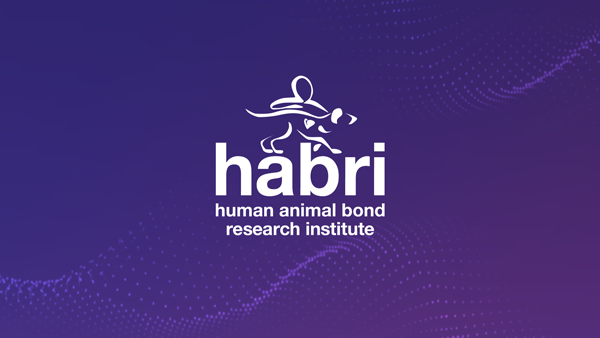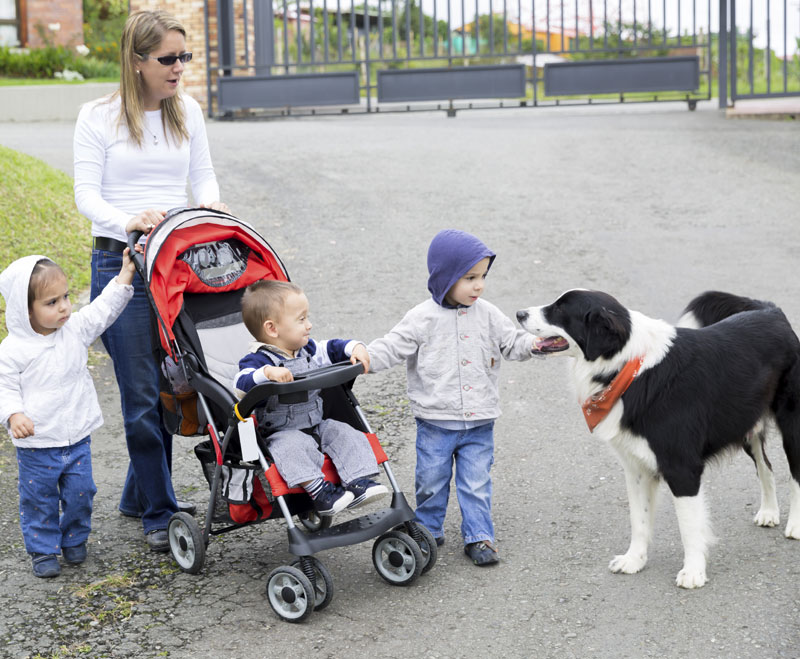Cancer
Cancer is the name given to a collection of related diseases. All types of cancer begin with some of the body’s cells dividing uncontrollably and spreading to surrounding tissues. Cancer is the second most common cause of death in the United States; in 2019, approximately 606,000 people died as a result of cancer in the United States.
Cancer usually develops in older people; 80% of all cancers in the United States are diagnosed in people 55 years of age or older.
While there exists no cure for cancer, a growing body of literature demonstrates the positive role the human-animal bond can play in improving quality of life for cancer patients, their families, and hospital and nursing staff.

Companion animal interaction has been shown to reduce the stress associated with cancer diagnosis and treatment.
Alleviating Stress, Anxiety and Depression
- In a study examining an intervention of animal-assisted activities (AAA) on hospital patients submitted to chemotherapy, symptoms of depression were shown to improve by as much as 50% in the group receiving AAA.
- In addition, AAA significantly improved patients’ arterial oxygen saturation, which is key to good circulatory health.[1]
- In a representative survey of 309 patients submitted to chemotherapy with a median age of 59, the majority of pet-owners described their pets as beneficial in helping them cope with the stress associated with their diagnosis.
- Additionally, pets were not found to be a source of stress for most cancer patients surveyed.[2]
- Results of a one-year study that examined the impact of animal-assisted therapy (AAT) on patients with chronic pain demonstrated that, following AAT, patients reported reduced pain, discomfort, and stress.
- Additionally, stress among nursing staff was found to decrease significantly following AAT.[3]
Improved Quality of Life
- A study examining animal-assisted visits (AAV) with 42 patients with head and neck cancer concluded that AAV resulted in patients reporting improved emotional well-being and general satisfaction.[4]
- In one study, animal-assisted therapy (AAT) during counseling for breast cancer was successful in:
- Increasing calm and feelings of anticipation toward participation in counseling
- Increasing disclosure of information and engagement with therapy
- Alleviating feelings of anxiety and distress
- Increasing communication with health professionals[5]
Detection of Cancer
While there is currently no cure for cancer, early detection offers the best chance of survival. In addition to providing cancer patients and their families with support, a growing body of research is examining the potential for dogs to be trained to detect cancers in humans.
Dogs rely heavily on a highly developed sense of smell; in fact, their smell receptors are 10,000 times more accurate than humans, making them sensitive to odors humans can’t perceive. In one study, dogs were able to detect blood samples from people with lung cancer with almost 97 percent accuracy.[6]
Studies have demonstrated the possibility for dogs to detect various cancers in humans, including lung,[7] bladder,[8] prostate,[9] colorectal,[10] and ovarian[11] cancers.
For more information about cancer:
References
10.
Colorectal cancer screening with odour material by canine scent detection.” Gut (2011): gut-2010.









